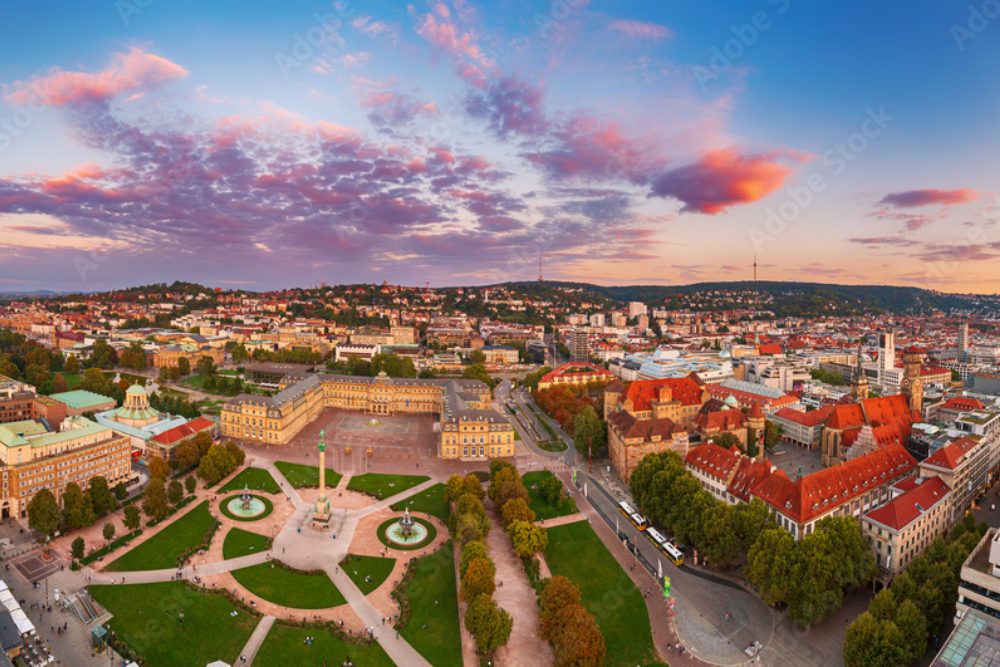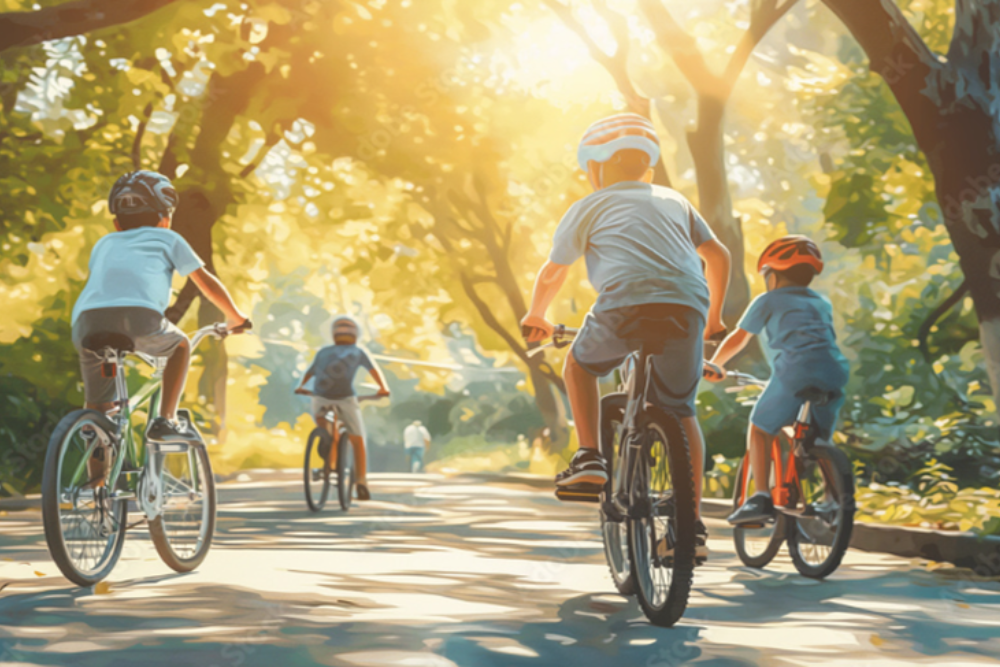Introduction
Stuttgart, the capital of Baden-Württemberg in southwestern Germany, is a vibrant city known for its automotive heritage, home to both Mercedes-Benz and Porsche museums. Surrounded by vineyards and rolling hills, it offers a mix of modern and historic attractions, including the Stuttgart Palace, lively markets, and lush parks like the expansive Schlossgarten. The city’s cultural scene boasts theaters, opera, and art galleries, while its diverse culinary offerings range from traditional Swabian dishes to international cuisine. With its blend of innovation and charm, Stuttgart is a dynamic destination for travelers.
Climbing and Trekking

- The Stuttgart region is encircled by gorgeous slopes and grape plantations, offering various climbing and trekking trails. The Bopser and Killesberg are famous spots for open air lovers.
Grape plantation Visits
- Investigate the neighborhood grape plantations by bicycle or by walking. Numerous grape plantations offer directed visits and wine samplings, permitting you to partake in the grand wide open while finding out about the winemaking system.
Stuttgart 21 Project

- Investigate the continuous Stuttgart 21 rail line project, an aggressive metropolitan advancement drive that intends to modernize the city’s rail route framework. You can take directed visits to dive more deeply into the venture’s effect on the city.
Stuttgart State Theatre
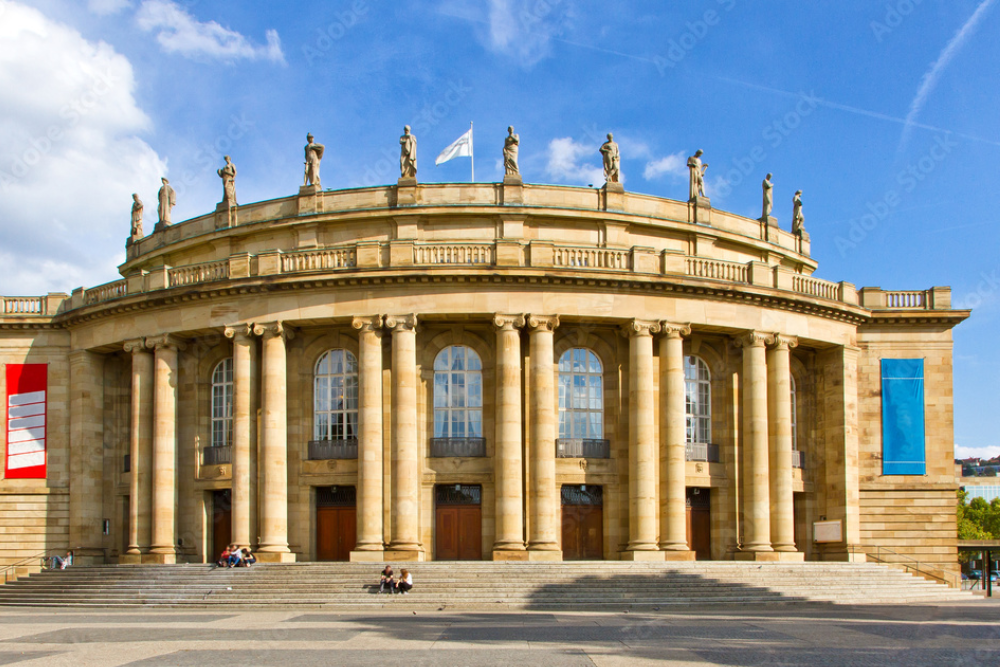
- Experience the adventure of a-list artful dance exhibitions at the Stuttgart State Theater, eminent for its creative movement and extraordinary ability.
- Celebrations: Join the fun at different celebrations over time, like the Cannstatter Volksfest, Stuttgart’s renowned lager celebration, or the Stuttgart Wine Town, where you can taste neighborhood wines and appreciate customary food.
Nature and Wildlife
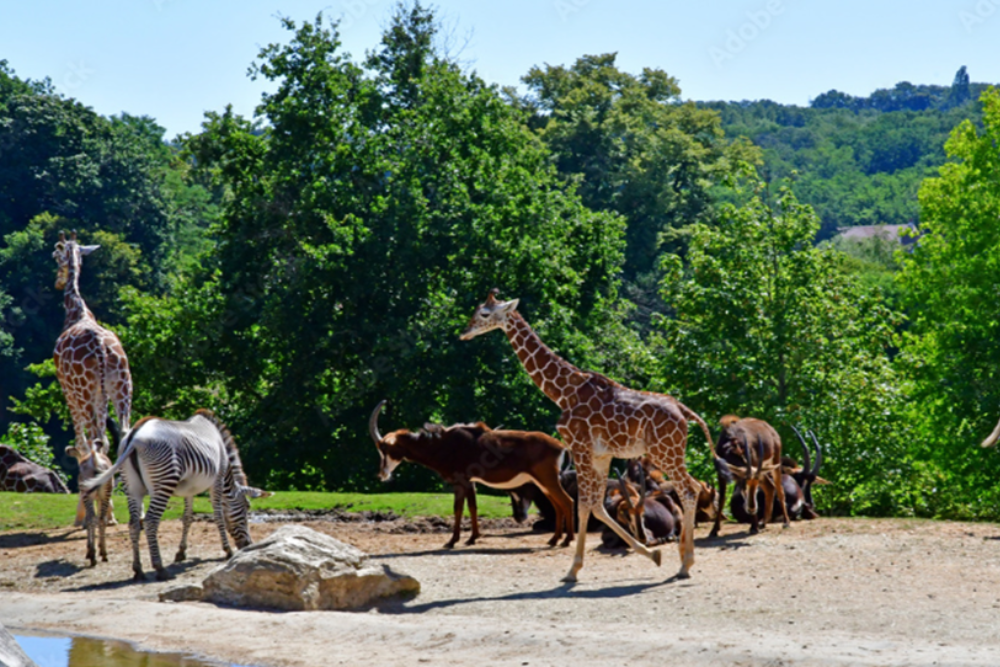
- Wilhelma Zoo and Professional flowerbed: This special mix of a zoo and greenhouse permits you to investigate outlandish creatures and lovely vegetation. Participate in instructive projects and creature experiences.
Killesberg Park
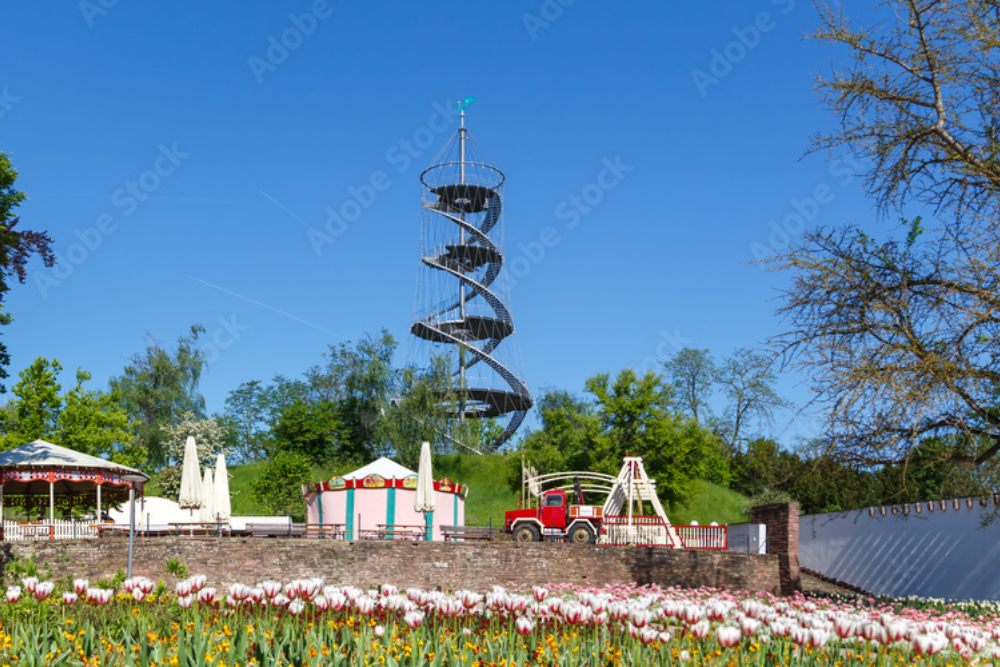
- Go through a day investigating this sweeping park, where you can appreciate picnics, take a ride on a scaled down train, or climb the pinnacle for all encompassing perspectives on the city.
Adventure Sports
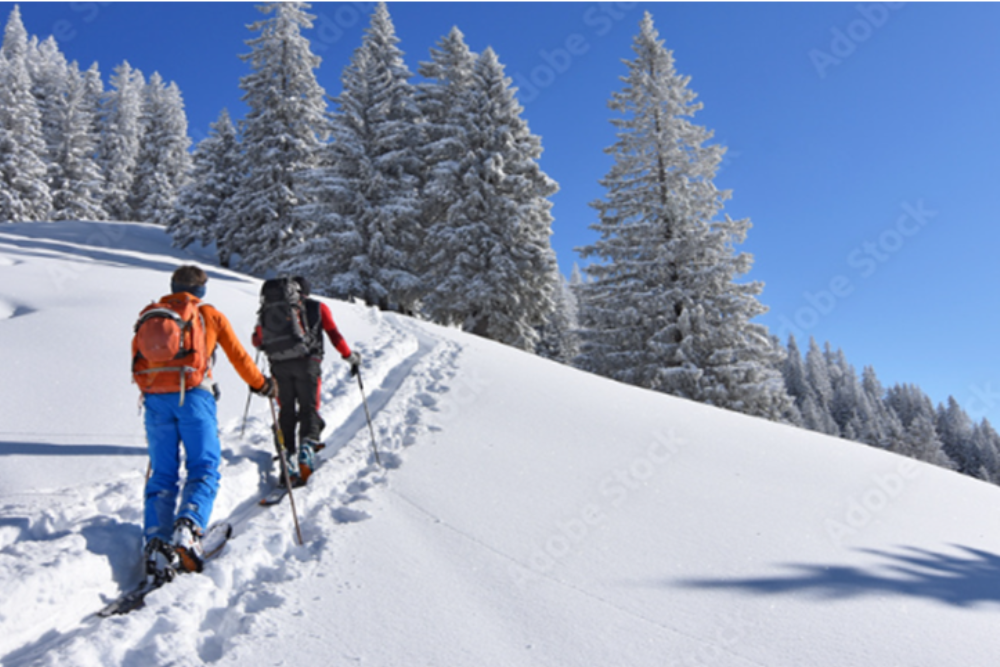
- Paragliding: For adrenaline junkies, paragliding encounters are accessible in the close by Swabian Jura district, offering stunning perspectives on the scene as you take off through the sky.
Cycling Tours
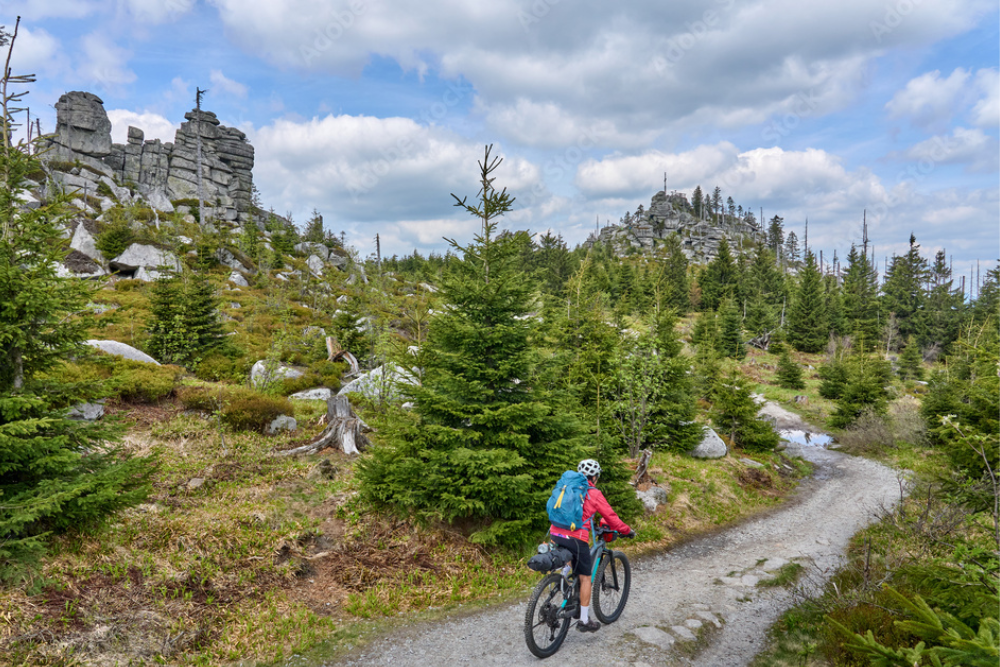
- Join a directed cycling visit around Stuttgart, investigating the city’s noteworthy locales, wonderful parks, and lively neighborhoods while getting some activity.
Dos and Don’ts in Stuttgart
Here are some key dos and don’ts for Stuttgart to help you navigate the city’s culture and customs smoothly:
Dos:
- Do explore the car museums – Stuttgart is home to Mercedes-Benz and Porsche, so visiting their museums is a must for car enthusiasts.
- Do try Swabian cuisine – Try local dishes like Maultaschen (Swabian ravioli) and Spätzle (egg noodles) at traditional restaurants.
- Do use public transportation – The city has an efficient public transportation system (S-Bahn, U-Bahn, and buses). Get a day pass for easy travel.
Don’ts:
- Don’t jaywalk – Germans follow traffic rules strictly. Always wait for the pedestrian light to turn green before crossing the road.
- Don’t talk loudly in public places – Germans generally prefer a more quiet and reserved atmosphere in public. Keep your voice low in restaurants, public transport, and while visiting museums.
- Don’t tip too much – Unlike in some countries, tipping in Stuttgart (and Germany) is modest. A 5-10% tip or rounding up the bill is common.
Best time to reach in Stuttgart
The best chance to visit Stuttgart to a great extent relies upon the exercises you’re keen on, however by and large, spring (April to June) and fall (September to October) are ideal because of wonderful climate and different comprehensive developments.
-
Spring (April to June):
- The weather conditions is gentle, with sprouting parks and gardens like the Schlossgarten and Killesberg Park. Spring is great for touring and appreciating outside exercises.
- The Fruhlingsfest (Spring Celebration) is one of Europe’s biggest spring fairs, offering lager tents, thrill rides, and conventional German food.
-
Fall (September to October):
- Fall brings agreeable climate, making it ideal for investigating grape plantations, palaces, and Stuttgart’s beautiful scenes. The fall colors in the encompassing slopes add to the appeal.
- The Cannstatter Volksfest, Stuttgart’s variant of Oktoberfest, happens in late September to early October. It’s one of the biggest lager celebrations in Germany, with funfair attractions and a vivacious environment.
-
Summer (July to August):
- Stuttgart is warm, however not excessively hot, with temperatures going from 20-30°C (68-86°F). It’s a great time for open air exercises, grape plantation visits, and city investigation. Notwithstanding, summer is additionally top vacationer season, so anticipate bigger groups and more exorbitant costs.
- The Stuttgart Wine Celebration (Weindorf) is held in late August, praising the area’s wine legacy.
-
Winter (November to Spring):
- While colder (around 0-8°C or 32-46°F), winter is a supernatural opportunity to visit Stuttgart for its Christmas markets. The Stuttgart Christmas Market is one of the most seasoned and most famous in Germany, offering happy slows down, food, and enrichments. Winter is additionally perfect for indoor exercises like visiting exhibition halls or appreciating comfortable bistros.
- On the off chance that you partake in a calmer environment and are OK with cooler temperatures, winter offers a more peaceful encounter.
- In outline, April to June and September to October offer the best blend of lovely climate and widespread developments. Assuming you’re enthused about celebrations



